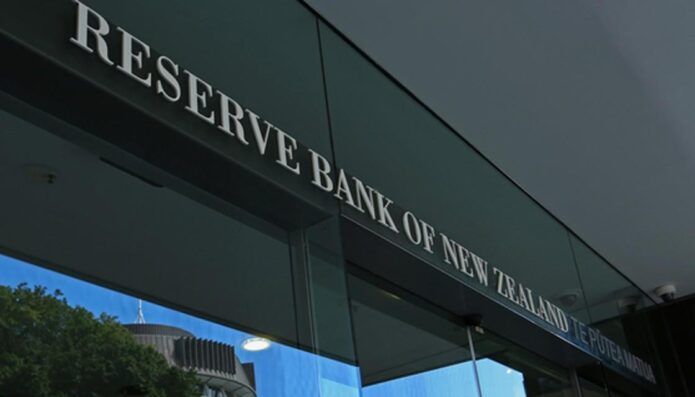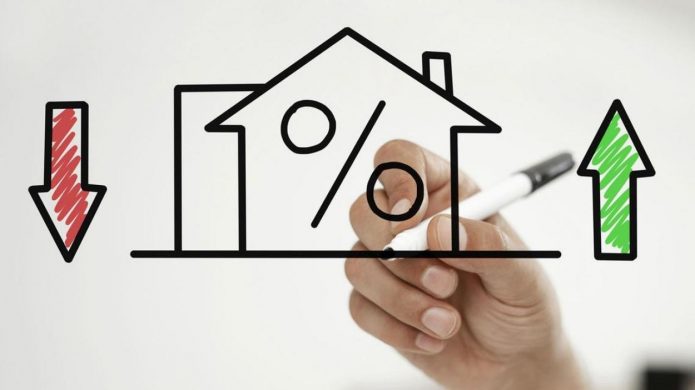PHOTO: Unemployment
Over the past two months, economic and housing market indicators have been fairly subdued. However, they have shown an improvement since April. A rise in sales over May saw a strong absorption of new listings, clearance rates have rebounded since the easing of restrictions, and consumer confidence has risen 33.0% since its trough in May.
However, comprehensive coverage of labour markets from the ABS highlights sobering headwinds for the property market. Job and income levels are likely to remain subdued as mortgage holidays expire and stimulus measures are wound back. Rental markets are expected to be particularly dampened by disproportionate job losses among young people, and those working in tourism, hospitality and the arts.
What has happened to the labour market since the onset of the COVID-19 ?
Between March and May, ABS labour force data indicates that 835,000 fewer people were employed across Australia. The unemployment rate rose to 7.1% in May, while the under-employment rate reduced from a recent high of 13.8% in April to 13.1% in May.
Historically, increases in the unemployment rate have not necessarily led to house price falls. In fact, the opposite had been the case. The unemployment rate and the monthly growth rate in Australian dwellings have been moderately, positively correlated at about 0.5 for the past two decades. This means housing growth rates have fallen when unemployment has fallen, and housing growth rates have risen in times when unemployment has risen.
While this may seem counter-intuitive, it is not uncommon for some housing markets to perform well when unemployment rises. That is because when unemployment surges and the economy weakens, the monetary response has been to lower the cash rate. The cheaper cost of debt actually creates growth in housing for those who can still afford to buy.
READ MORE VIA CORELOGIC
MOST POPULAR











